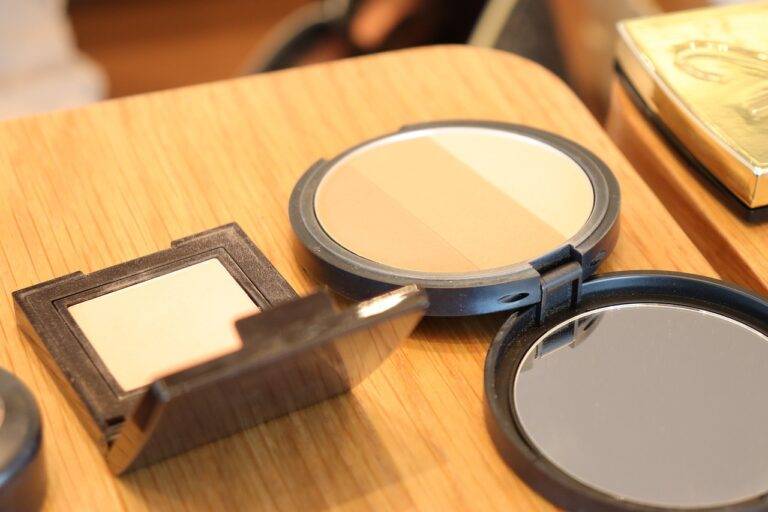Sustainable Materials for Historical Pool Renovations
bet bhai.com, cricket99 bet login, diamondexch9.com:When it comes to renovating historical pools, it is essential to prioritize sustainability in the materials used. By opting for eco-friendly options, you can not only preserve the historical integrity of the pool but also contribute to a more environmentally conscious approach to construction. In this article, we will explore some sustainable materials that can be used for historical pool renovations.
Headings:
1. Importance of Sustainable Materials
2. Reclaimed Wood
3. Recycled Glass Tiles
4. Natural Stone
5. Eco-Friendly Plaster
6. Solar Heating Systems
7. FAQs
Importance of Sustainable Materials
Historical pools are often made with materials that may not be environmentally friendly by today’s standards. By choosing sustainable materials for renovations, you can reduce your carbon footprint and create a more eco-conscious pool. Sustainable materials are typically made from renewable resources, recycled materials, or have a lower impact on the environment during production and disposal. They are also often more durable and long-lasting, reducing the need for frequent replacements and repairs.
Reclaimed Wood
One sustainable material that can be used for historical pool renovations is reclaimed wood. Reclaimed wood is sourced from old buildings, fences, or other structures and repurposed for use in construction projects. It adds a rustic and unique look to the pool area while reducing the demand for new lumber. Reclaimed wood is also more stable and less likely to warp or crack over time, making it an excellent choice for pool decks, fencing, or pergolas.
Recycled Glass Tiles
Another eco-friendly option for historical pool renovations is recycled glass tiles. These tiles are made from discarded glass bottles, windows, or other glass products that are melted down and formed into new tiles. Not only do recycled glass tiles add a pop of color and texture to the pool area, but they also help reduce waste and conserve natural resources. They are durable, easy to clean, and resistant to fading or discoloration from chlorine or sun exposure.
Natural Stone
Natural stone is a timeless and sustainable material that can enhance the beauty and elegance of a historical pool. Stones such as granite, limestone, or slate can be used for pool coping, decking, or accent walls. Natural stone is durable, heat-resistant, and requires minimal maintenance, making it a long-lasting and eco-friendly choice. Additionally, using locally sourced stone can further reduce the environmental impact of transportation.
Eco-Friendly Plaster
When resurfacing a historical pool, consider using eco-friendly plaster made from natural materials such as marble dust, limestone, or white cement. These materials are non-toxic, non-allergenic, and biodegradable, making them a safer and more sustainable option compared to traditional plaster. Eco-friendly plaster can also help regulate the pH levels in the pool water, reducing the need for harsh chemicals and maintaining water quality.
Solar Heating Systems
For historical pools that require heating, solar heating systems are a renewable and cost-effective solution. Solar panels can be installed on or near the pool area to harness the sun’s energy and heat the water. Solar heating systems are environmentally friendly, reduce energy costs, and can extend the swimming season by warming the pool water naturally. By utilizing solar power, historical pool renovations can be more sustainable and energy-efficient.
FAQs
Q: Are sustainable materials more expensive than traditional materials for historical pool renovations?
A: While some sustainable materials may have a higher upfront cost, they are often more durable and have long-term savings in terms of maintenance and replacement. Additionally, the environmental benefits of using sustainable materials can outweigh the initial investment.
Q: Can historical pools be renovated to meet modern sustainability standards?
A: Yes, historical pools can be renovated to incorporate sustainable features such as energy-efficient lighting, water-saving fixtures, and eco-friendly materials. By working with experienced contractors and designers, historical pools can be updated with modern sustainability standards in mind.
Q: How can I find suppliers of sustainable materials for historical pool renovations?
A: Many suppliers specialize in eco-friendly and sustainable building materials. Look for local suppliers that offer reclaimed wood, recycled glass tiles, natural stone, eco-friendly plaster, and solar heating systems. Online resources and directories can also help you find reliable sources for sustainable materials.
In conclusion, sustainable materials play a crucial role in historical pool renovations by preserving the pool’s heritage and reducing the environmental impact of construction. Reclaimed wood, recycled glass tiles, natural stone, eco-friendly plaster, and solar heating systems are just a few examples of sustainable materials that can be used to enhance the beauty and functionality of historical pools. By choosing eco-friendly options, you can create a more sustainable and visually appealing pool for years to come.







